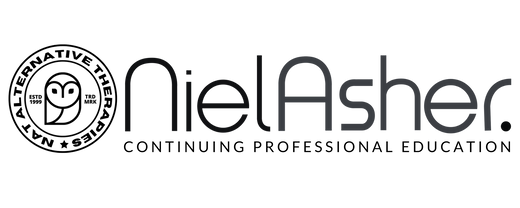NAT Hip - Foreword

Simeon Asher BSc (Ost)
Foreword
The hip and the shoulder share an intimate relationship, especially when we think of locomotion and ‘four-legged’ dynamics.
Our shoulders are a modified forelimb which has been externally rotated (supinated) and our hind limbs (legs) internally rotated (pronated).
There are several fascinating and tantalizing insights connecting hip and shoulder mechanics.
Myers in his seminal work ‘Anatomy trains’ explores some of the myofascial connections for distribution of load and integrated movement both through the ‘shoulder, and spiral lines’.
Movement and performance guru Paul Chek also has an interesting insight talking about both a posterior oblique sling mechanism which translates rotational forces from the Gluteus Maximus on one side to the Latissimus Dorsi on the other.
Chek observes how the anterior oblique sling translates anterior forces from the adductor complex and psoas fibers to the opposite Internal oblique, and even to the mediastinal fascia and shoulder, via the diaphragm.
Chek also suggests that ambulatory walking of less than 0.75km per hour translates hip and shoulder forces to the same side, whilst a gait of >0.75km per hour tends to engage the opposite limb and sling mechanism.
So we see that the hip and shoulder are wired to work as a unit, and the importance of this to all of us, as we assess and plan our treatment programs.
Having spent so many years studying and researching shoulder injuries, it's natural that I have taken such an interest in Stuart’s work regarding the hip, and have so much enjoyed co-operating with him to present this NAT Hip course.
I hope that you find it as useful as I did!

